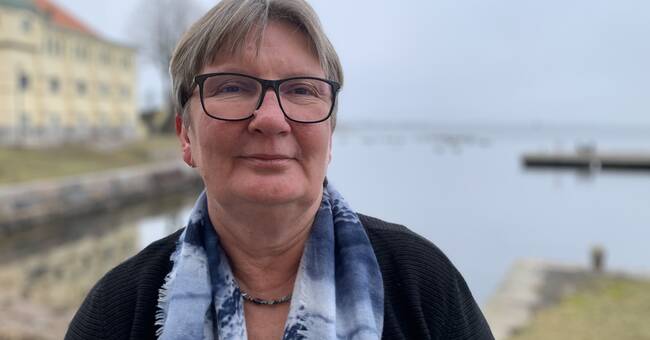Kalmarsund is gray and cold next to Irene Bohman's workplace at the County Administrative Board in Kalmar.
She is the director of water management for the southern Baltic Sea, and a consultation is currently underway on what can and should be done in the next six years.
Her area of responsibility is the entire southern Baltic Sea and extends from Bråviken in the north, to the tip of the Hill in the northern Sound in the west.
How is the Baltic Sea today?
- We know that the problems are quite large, it is about oxygen-free bottoms, fish that can not reproduce and we probably also have environmental toxins that we have poor control over, so the Baltic Sea does not feel very well, says Irene Bohman.
Positive signals
Despite this, there are positive signals that the load from land is decreasing.
She provides landscaped wetlands that will collect nutrients and keep them up on land as good examples of efforts made to reduce the load on the Baltic Sea.
- Because it is from land that pollution and loads on the Baltic Sea come.
And to deal with those problems, we need to solve the problems where they arise and look at agriculture, sewage treatment plants, individual sewers and forestry to find the sources.
Climate change is a factor
When it comes to the next six years that the consultation for the Baltic Sea is about, climate change has become a factor that is taken into account.
- We can not counteract climate change, but we can adapt our efforts to them, for example by ensuring that the wetlands can withstand temporarily higher flows, she says.
She also points to Mörbylånga municipality and the desalination plant there, which by taking care of wastewater partly reduces the load on the Baltic Sea but is also a way to take into account future climate changes with declining groundwater levels.

